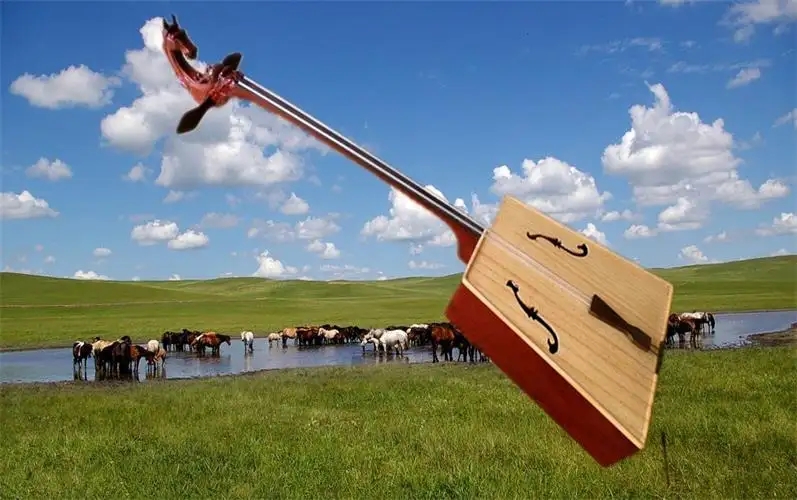The evolution and development of matouqin
The early matouqin mainly served as the accompaniment of epic rap and folk songs. A folk song is a matouqin song, and the sound of the qin can be combined with the human voice, especially when it is combined with the Mongolian "Urtudao" (that is, a long-tuned folk song). , more prairie culture charm.

With the development of society, matouqin has entered the palace of art. It has become a typical representative of Mongolian music culture. Whether it is its shape, production materials, or its sound quality, music expression style and performance method, it reflects the Mongolian character connotation.
The matouqin is not only played on some formal and grand occasions, but also in daily activities such as folk wedding ceremonies and gatherings of relatives and friends; it can be used as accompaniment to songs or solo. The traditional repertoire of matouqin mostly evolved from folk songs, which can be divided into five categories: 1. Native folk songs, such as "Vermilion Love" and "Eight Ya Bells"; 2. Heroic epic songs, such as "Tune of Galloping Horses" and "Tune of War" 3. Horse pace, that is, a tune that expresses the image of a horse; 4. Qin tunes developed from folk songs, such as "Lotus Yinhua", "Modlie", etc.; Liu Qingniang, etc.
 渝公网安备 50010702504639号
渝公网安备 50010702504639号